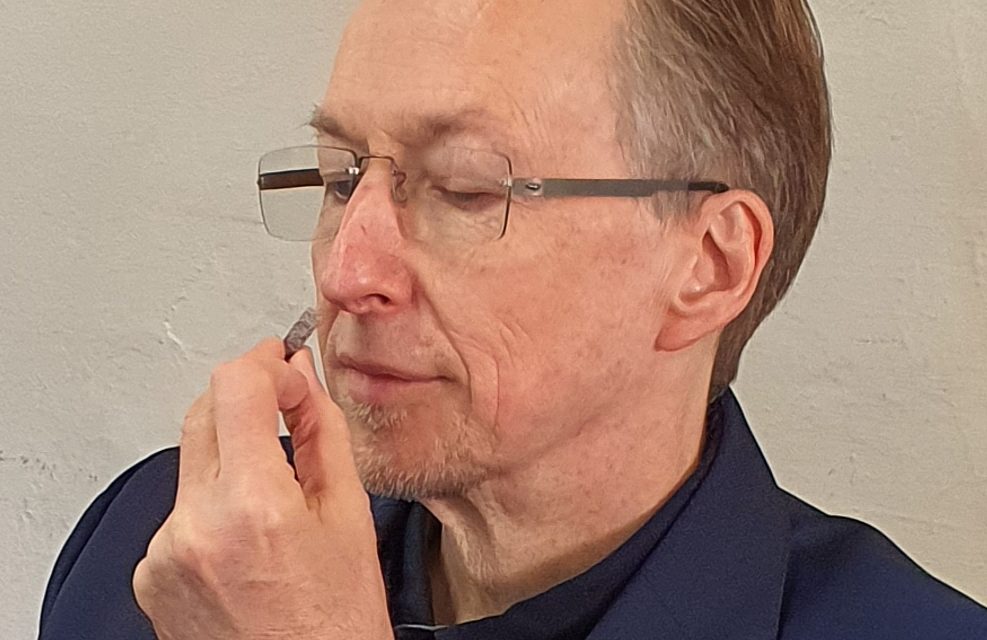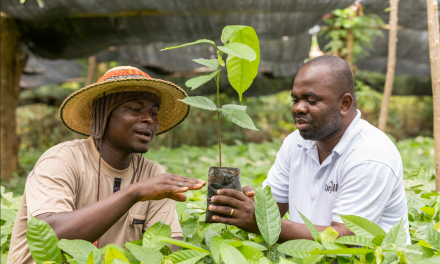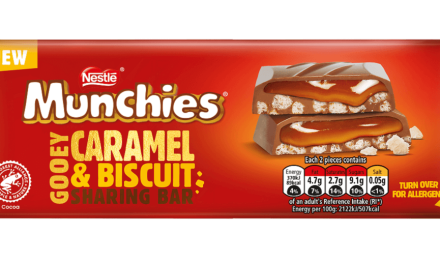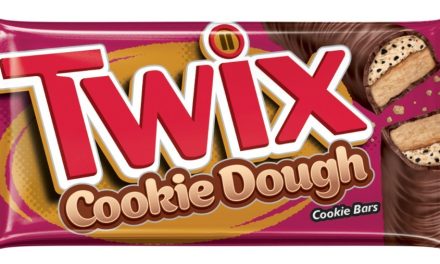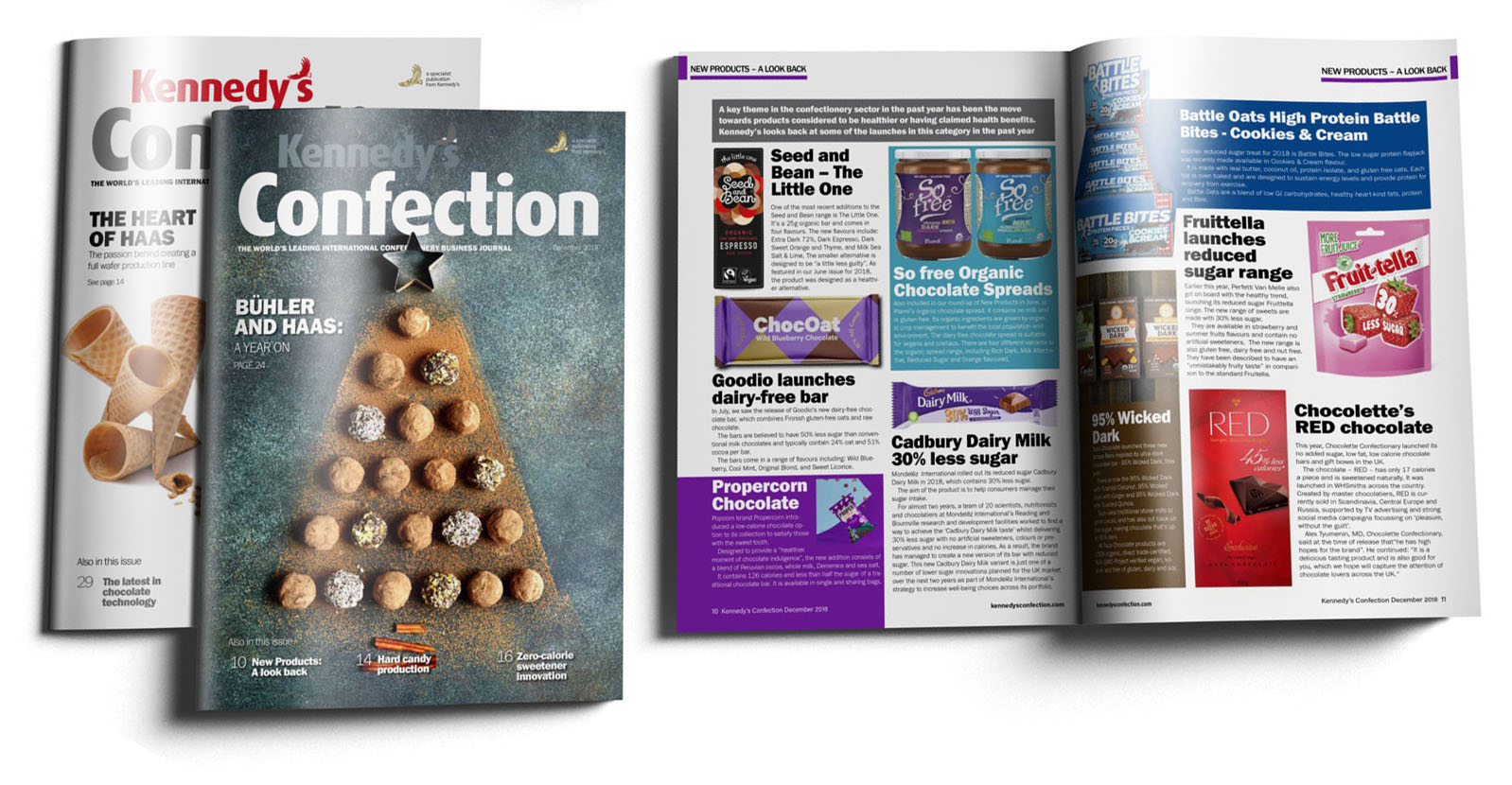Kennedy’s Confection Editor, Kiran Grewal, sits down with Martin Christy, expert, educator and consultant of fine chocolate & cacao who tells us about ancient cacao and appreciating the origins of chocolate.
Martin, could you give us some background on your career in the chocolate industry?
I was born in Slough, downwind of the Mars factory, so I like to think that chocolate got into my DNA somehow. I grew up though in Birmingham, eating Cadburys.
Later in life, my chocolate journey moved up a gear when I got more interested in what was behind the sourcing and origin of food in general and of course my attention turned to chocolate. I first discovered good chocolate in 1992 in the chocolate section of Harrods in London. Valrhona had just began marketing their ‘Grand Cru’ chocolate bars in the UK. They were something completely new and it was the first time I saw chocolate mentioning the origin of cacao, Latin America and strange words like ‘criollo variety’. After a couple of bites, I was hooked, a new world of flavour opened up. Valrhona were much smaller then and it was something quite unique. When you taste the best of something you realise there is another level of quality you’ve been missing. It was hard to go back to ‘normal’ chocolate.
Other chocolate makers soon followed, like Bonnat or Michel Cluizel. At that point I was a poor musician working as a computer programmer to earn an actual living. With friends, we set up seventypercent.com as a technology test site and my hobby site. It turned out to be one of the three first websites talking about and reviewing origin chocolate. That really gave me a head start in the chocolate world, with a community formed around our chocolate forum. We also started to attract professionals from cacao countries, something I never expected, so this opened up the world of cacao for me, which was a whole new fascinating vista.
I always ate chocolate slowly, making the most of it. It took me until my 50s to realise that not everyone was the same, many people were munching! Eating chocolate slowly and giving it a chance to melt is key to understanding fine chocolate and paying a higher price for something good. Munch and the flavour won’t be there, the cocoa butter will have no time to melt.
Tell us more about your roles at Seventy%, the International Chocolate Awards, direct trade organisation Direct Cacao and the International Institute of Chocolate & Cacao Tasting. How do these give you a greater awareness of fine chocolate within the professional and consumer capacity?
We launched the International Chocolate Awards in 2012 because we could really see the interest in fine origin chocolate growing around the world and the interest coming in many countries without a big history in chocolate, in Asia for example. Since then, the Awards has grown to be the largest chocolate competition in the world, of any class of chocolate, with over 3,000 chocolate products entered each year in fourteen regional competitions and the World Final.
My role in all of this is to keep the competitions moving, overseeing the logistics, judging and scoring and to plan ahead and develop new ideas and initiative. The Awards have increasingly taken over my working life, so Seventypercent.com got a bit left behind, but it’s now being reinvented as the home of our interactive chocolate flavour profiling system, which we use for judging, teaching and professional work.
IICCT was founded to bring together the different workshops and course being run by the Awards’ founders into a coordinated curriculum, modelled after WSET in the wine world. Chocolate doesn’t yet have well defined quality standards, so this is something we’re working towards and I spend a lot of my time developing this, alongside new courses and our forthcoming Level 4 Diploma in Chocolate Tasting, as well as teaching many of our current courses.
Fine, craft chocolate still has a massive problem of recognition with consumers, who struggle to distinguish these small artisanal products from luxury ‘premium’ brands. All of our initiatives aim to help improve this and ultimately to help increase the price of cacao for farmers, otherwise, there will be no good cacao for great chocolate!
Why are events like the International Chocolate Awards important to the industry? Do you enjoy judging them?
The fine chocolate world is a fairly small bubble right now. We estimate that the proportion of cacao grown in the world that can be made into chocolate that has complexity, balance, distinctive flavours and no defects – what you would expect from any fine wine or specialty coffee – is tiny, around 0.04%. This needs to grow to be sustainable and is especially important give that many cacao farmers are farming at a loss when you factor in the value of their land. This is one reason why West Africa is being deforested, for example. The chocolate world needs a better model for growing cacao. Craft chocolate makers may not be the whole answer, but they can play a significant part. The Awards aims to give them recognition for their work and is just one way that the market can be helped to grow.
Judging is, of course, a huge privilege and learning experience. It’s not necessarily the dream job everyone imagines though. You might think it’s great for the first 50 samples. My wine cooler currently contains well over a thousand samples I’m evaluating with more to come. It takes a special mindset and real love of chocolate. We are a growing community though, with hundreds of judges contributing each year, from all parts of the world. We are constantly working on standards, calibration and a better understanding of chocolate flavour. This is our mission.
What trends are you noticing in the chocolate industry right now?
We are very lucky as judges and organisers of the competitions, we get a pretty unique view of what’s going on in craft chocolate around the world and new trends as they develop. We get to see new and innovate products, often before they’ve been launched and it’s always interesting to see trends work their way around the world like a ‘wave’. Salt caramel and passion fruit are good examples. Now they are everywhere, when we started these were still exotic innovations in chocolate.
Micro-batch chocolate has set many chocolate makers free. You can experiment a lot more and with a lot less risk if you are trying a new recipe with two kilos of cacao rather than one tonne, as is the case in larger chocolate producers. We are seeing a fantastic world of innovation right now. Alternative ingredients are the big trend right now, from new sugars, recipes using fruit rather than sugar, vegan milk powders and new techniques such as barrel aging cacao, and new fermentation approaches, similar to what’s been happening in specialty coffee. This last area is really going to develop over the next few years and we will see a lot more cacao growers experimenting with fermentation. Chocolate makers in the Asia-Pacific region are particularly leading the way with this, they don’t have the baggage of traditional growers and established practice. It’s an exciting time for chocolate, with always something new to experience and learn.
What experiences have you had of traveling to cacao plantations, how has it developed your understanding of the industry?
I never really understood cacao until I started to visit farms and talk with growers, technicians, cooperatives and traders. Then you start to realise that cacao is an agricultural product, a fruit and comes with all the challenges and issues of fruit farming. Chocolate is not just a product made in Belgium or Switzerland; it simply would not exist without cacao farmers. Unfortunately, though, the last 150 years have seen a constant decrease in any interest in flavour quality. We are only just beginning to recover this, but the greatest joy is to taste amazing and new flavours in dried cacao in a farm and see these transferred and developed in a chocolate bar.
What challenges are there in the cocoa industry right now, and what do you think needs to be done to overcome them?
Cacao farming as it exists now is not sustainable, no matter how many labels, schemes and new products are brought out to promote the idea to consumers that the big chocolate producers are handling these issues – they are not. Fine chocolate might be a small part of the answer, it can’t transform the whole chocolate market, but it can help some cacao farmers to develop better and more profitable farming though, which in turn can be both more environmentally and socially sustainable. It needs a sea-change in consumer thinking though.
Why do you think people should value chocolate more?
Chocolate should be a precious pleasure where a small quantity gives you a lot of flavour, not a high-calorie mass consumption junk-food product. Consumers need to understand the real price of their chocolate in social and environmental terms and they need to pay a lot more for chocolate. The good news is that you can enjoy better taste from small amounts of chocolate, which is actually better value and a win-win for consumers and farmers.
What is the best advice you have received?
I’ve always followed my own path really. That might sound a bit arrogant, but rather than specific advice, I’ve learnt a lot from other people who are passionate about chocolate or growing cacao. There’s a shared mission of many people working in fine cacao and chocolate and a collective drive to develop the market and to make it truly sustainable. We are a movement still in the formation stage, I hope in a few year’s time that craft chocolate is as talked about as craft beer or speciality coffee, that’s the collective goal.
What does a typical day in your role look like?
Busy communicating and keeping up! We’re currently trying to build a bigger team to cover more ground and move on with new developments we’ve been planning for a few years. We have some great people on board now, so this is helping me move my role more into planning and creating new content and courses. Networking is a big part of this though and my inbox is a kind of bottomless pit I’ve learned to live with. Chocolate is an all-day job and even holidays somehow seem to involve chocolate. It’s an exciting world though and after thirty years it feels like things are just about starting to get going, so I don’t really have much to complain about.
What do you see for the future of the chocolate industry?
I’m an idealist optimist, so I hope it’s a bright future. There are a growing group of cacao farmers, traders, chocolate makers, chocolatiers, distributors, retailers and consumers who get the idea of fine, craft chocolate and are very passionate to spread the word about how good chocolate tastes. We are still waiting for our ‘coffee moment’, but there is much more interest than ten years ago, helped by a lot smaller chocolate makers around the world making interesting, complex, innovative craft chocolate. We are tasting new flavours that have never been tasted before, by anyone, like chuncho cacao from Cusco in Peru – ancient cacao that only now has been made into good chocolate. It’s a great time to be a chocolate lover!
Editorial contact:
Editor: Kiran Grewal kgrewal@kennedys.co.uk

